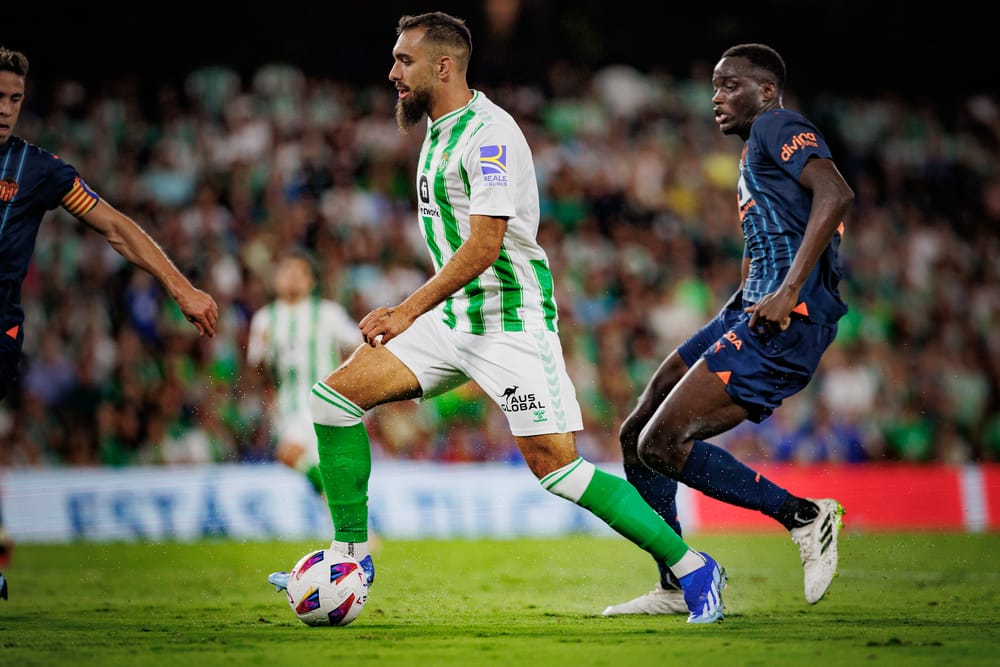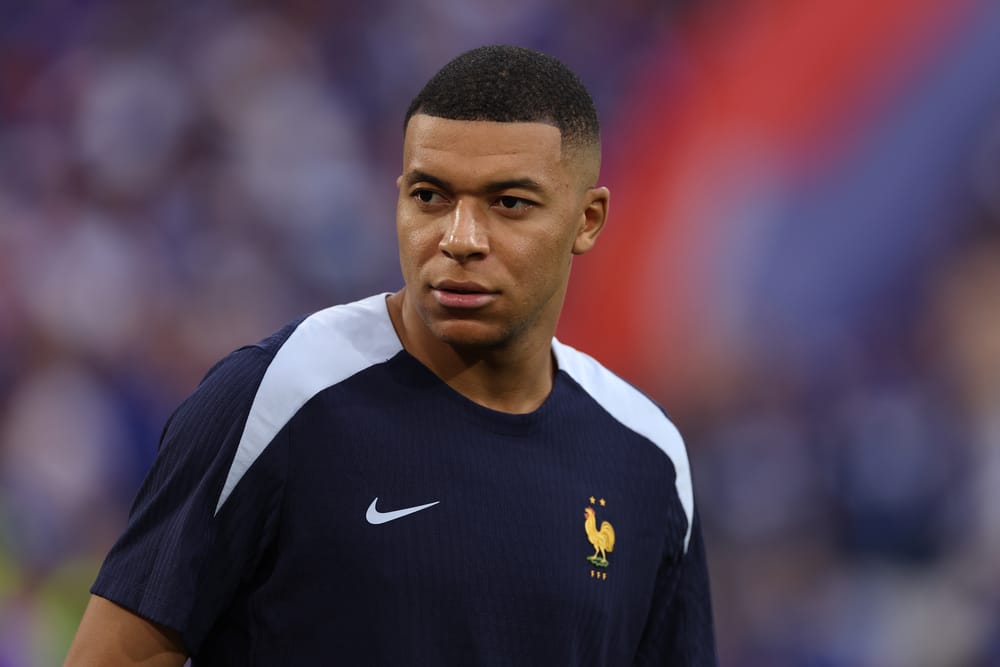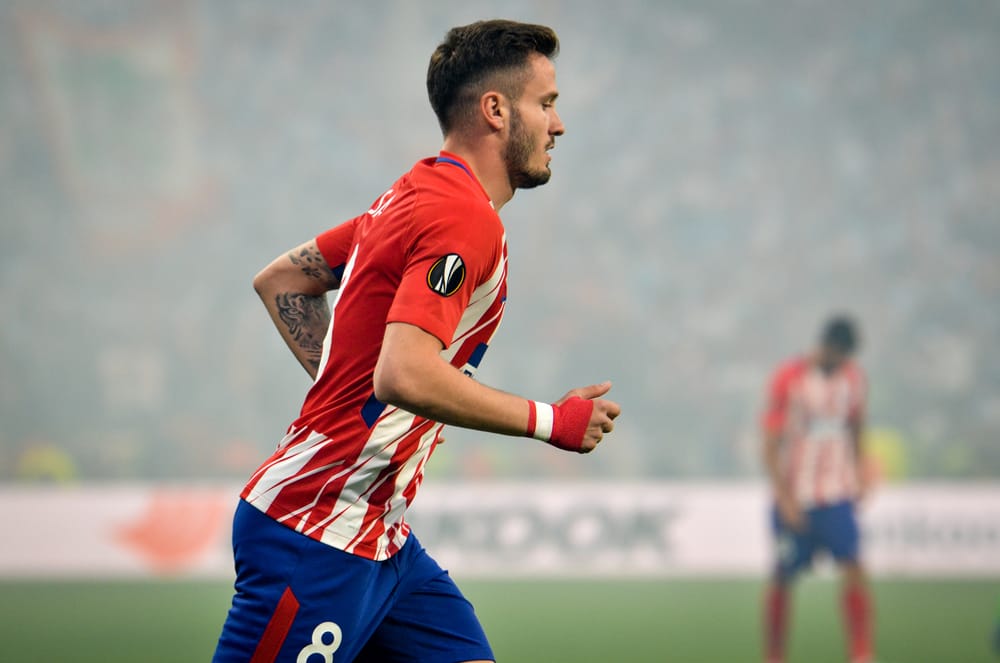The Role of Youth Academies in Developing European Football Talent
In the heart of European football, youth academies like FC Barcelona’s La Masia and Ajax’s De Toekomst have been the bedrock for grooming world-class talent. These institutions have not only produced some of the finest footballers but have also defined the playing styles and successes of their respective clubs. The role these academies play in developing young talent is indispensable, reflecting a rich history and a promising future.
La Masia: The Cradle of Legends
La Masia, FC Barcelona’s famed youth academy, has been a powerhouse of talent since its inception in 1979. The academy’s emphasis on technical skills, tactical intelligence, and a profound understanding of the game has borne fruit in the form of legends like Lionel Messi, Xavi Hernandez, and Andrés Iniesta. Messi, often hailed as the greatest footballer of all time, exemplifies the success of La Masia’s approach. From his early days at Barcelona, Messi’s journey from a promising youngster to a global icon is a testament to the academy’s ability to nurture talent.
Messi’s illustrious career is decorated with accolades, including a record eight Ballon d’Or awards and 45 senior trophies, making him the most decorated player in history. His seamless integration into Barcelona’s first team at the age of 17 and subsequent dominance on the world stage highlight the effectiveness of La Masia’s training methodologies. The academy’s influence extends beyond individual brilliance, as seen in the cohesive playing style that defined Barcelona’s golden era under Pep Guardiola.
Modern Prodigies: Ansu Fati and Pedri
La Masia continues to be a breeding ground for exceptional talent, as evidenced by the emergence of young stars like Ansu Fati and Pedri. Ansu Fati, despite his struggles with injuries, has shown flashes of brilliance that promise a bright future. Pedri, on the other hand, has already established himself as a pivotal player for both Barcelona and the Spanish national team. His maturity and skill at a young age have earned him numerous accolades, underscoring the academy’s continued relevance in modern football.
Another prodigy to watch is Lamine Yamal, who, at just 16, has already made headlines with his performances for Barcelona’s youth teams. Yamal’s dribbling skills, vision, and creativity mark him as one of the brightest prospects in football today, with fans and experts eagerly anticipating his transition to the first team.
De Toekomst: The Ajax Model
Ajax’s youth academy, De Toekomst, mirrors La Masia in its commitment to developing technically skilled and intelligent players. This academy has produced stars like Matthijs de Ligt and Frenkie de Jong, both of whom have made significant impacts in European football. De Ligt, known for his strength and leadership, and De Jong, celebrated for his vision and passing, exemplify the holistic training approach at De Toekomst.
The success of De Toekomst is not limited to individual achievements but also reflects in Ajax’s ability to compete at the highest levels of European football. The academy’s rigorous training programs and focus on player development have made it a model for clubs worldwide.
Ajax’s current squad continues this tradition of nurturing young talent. Players like Jorrel Hato, the 17-year-old defender, and Don-Angelo Christoffel Annum-Assamoah Konadu, a 17-year-old attacker, are among the promising youngsters looking to make their mark. The club’s commitment to youth development is also evident in their recent transfer activities, bringing in young talents like Gabriel Ávila and Carlos Forbs.
Promising Talents for 2024
As we look ahead, several young talents are poised to shine in 2024.
- Endrick, the 17-year-old Brazilian forward set to join Real Madrid, has been a revelation at Palmeiras.
- Vitor Roque, another Brazilian prodigy, will join Barcelona and has already made a mark in South American football.
- Joao Neves from Benfica, Elie Junior Kroupi from Lorient, Rico Lewis from Manchester City, and Roony Bardghji from Copenhagen are other young stars expected to make significant impacts.
Challenges and Innovations
While youth academies are instrumental in shaping future stars, they face several modern challenges. The intense pressure on young athletes to succeed can lead to burnout and mental health issues. Balancing education with intense sports training is crucial to ensure players have viable career paths outside football.
To stay ahead, youth academies are embracing modern technologies and methodologies. Advanced data analytics, sports science, and personalized training programs are becoming integral to player development. Ajax, for instance, uses sophisticated data analysis to tailor training programs and track player performance.
The rise of women’s football has also prompted many academies to develop dedicated programs for female athletes. Barcelona’s investment in a women’s youth academy is a step towards creating professional opportunities for young female footballers.
Conclusion
Youth academies like La Masia and De Toekomst have profoundly influenced European football, setting high standards for player development. Despite facing modern challenges, their contributions to the sport are invaluable. By embracing new technologies and methodologies, these academies continue to shape the future of football, nurturing the next generation of football stars. The ongoing success and evolution of these institutions underscore the critical role of structured youth development programs in the global football landscape.



